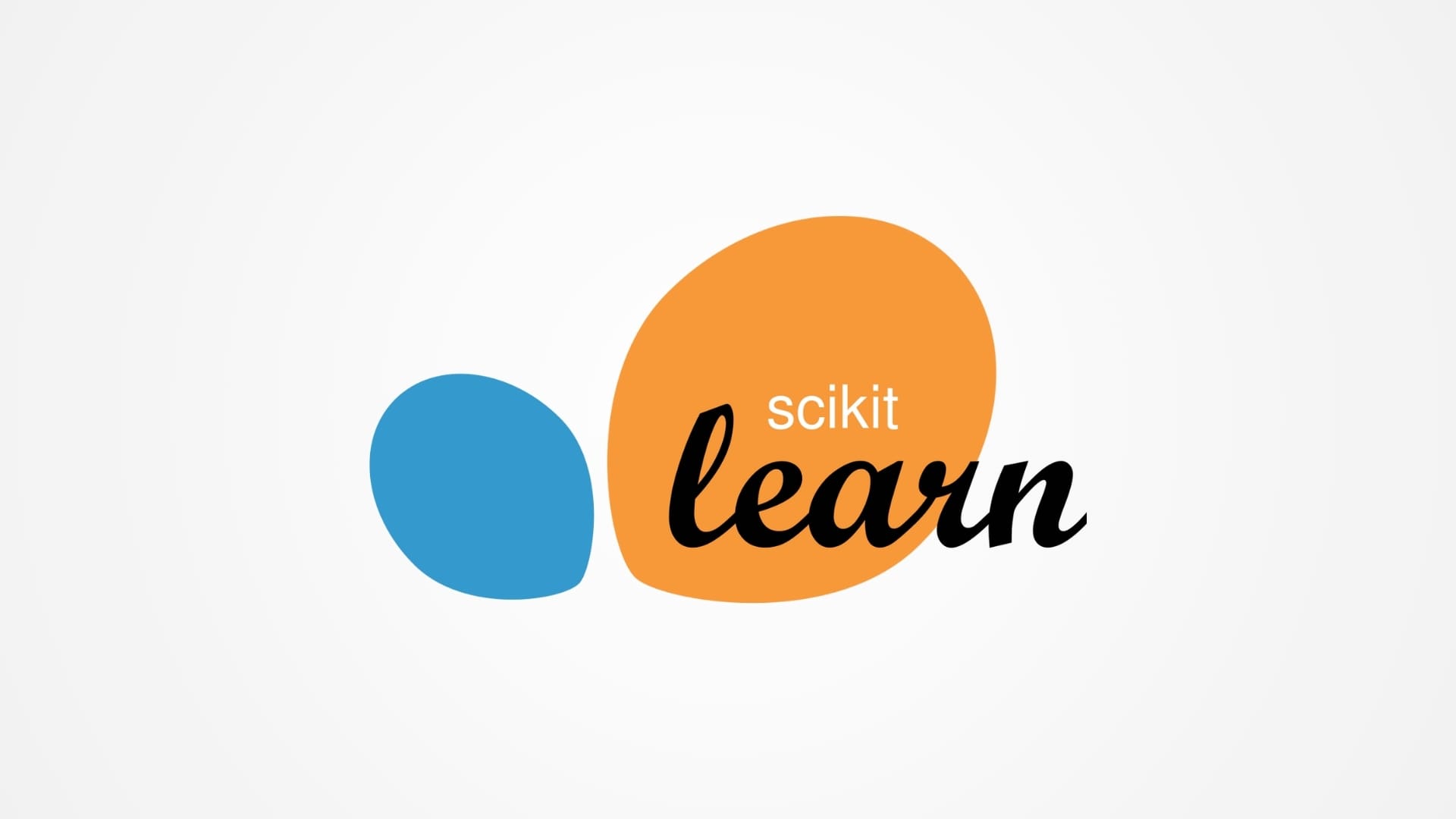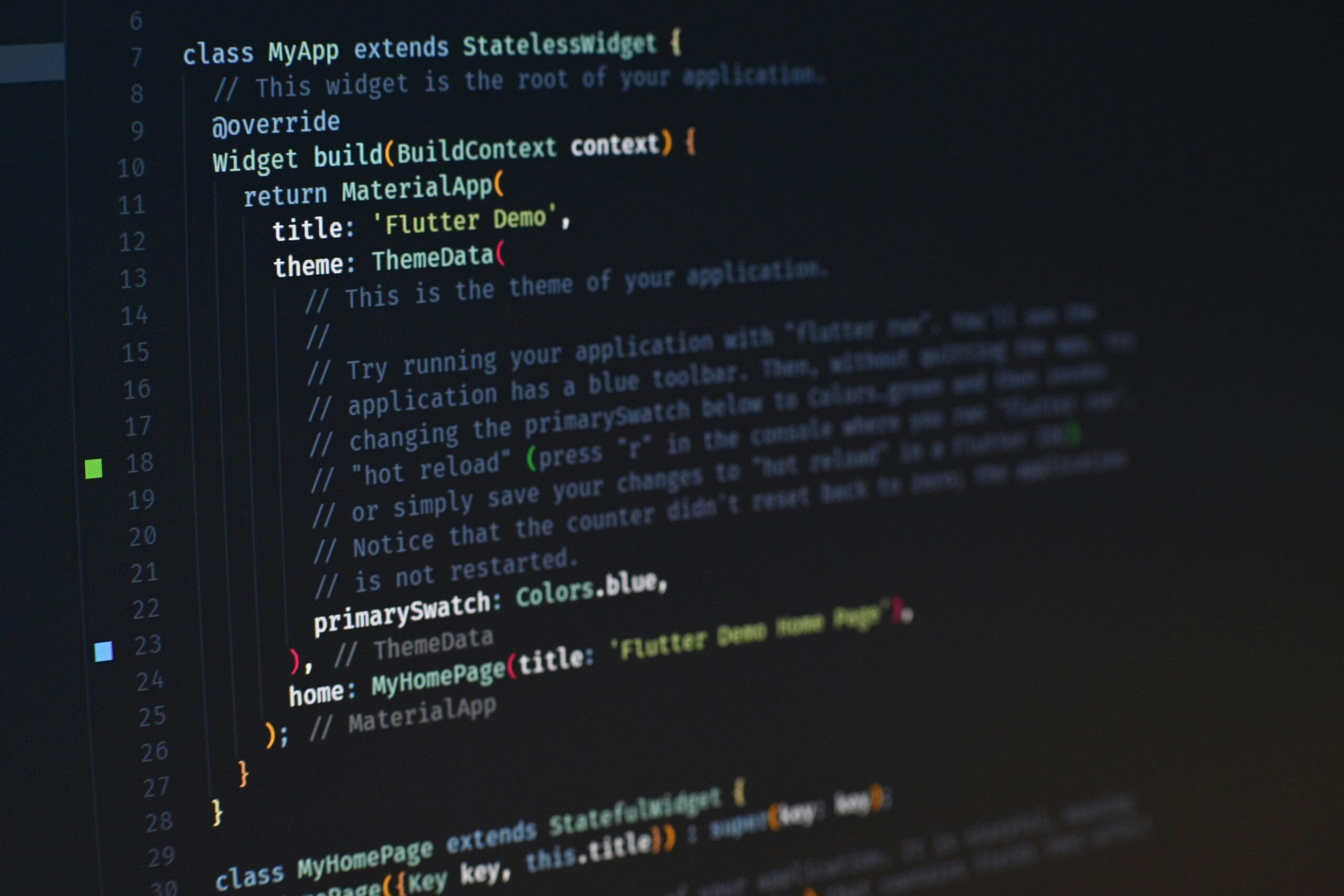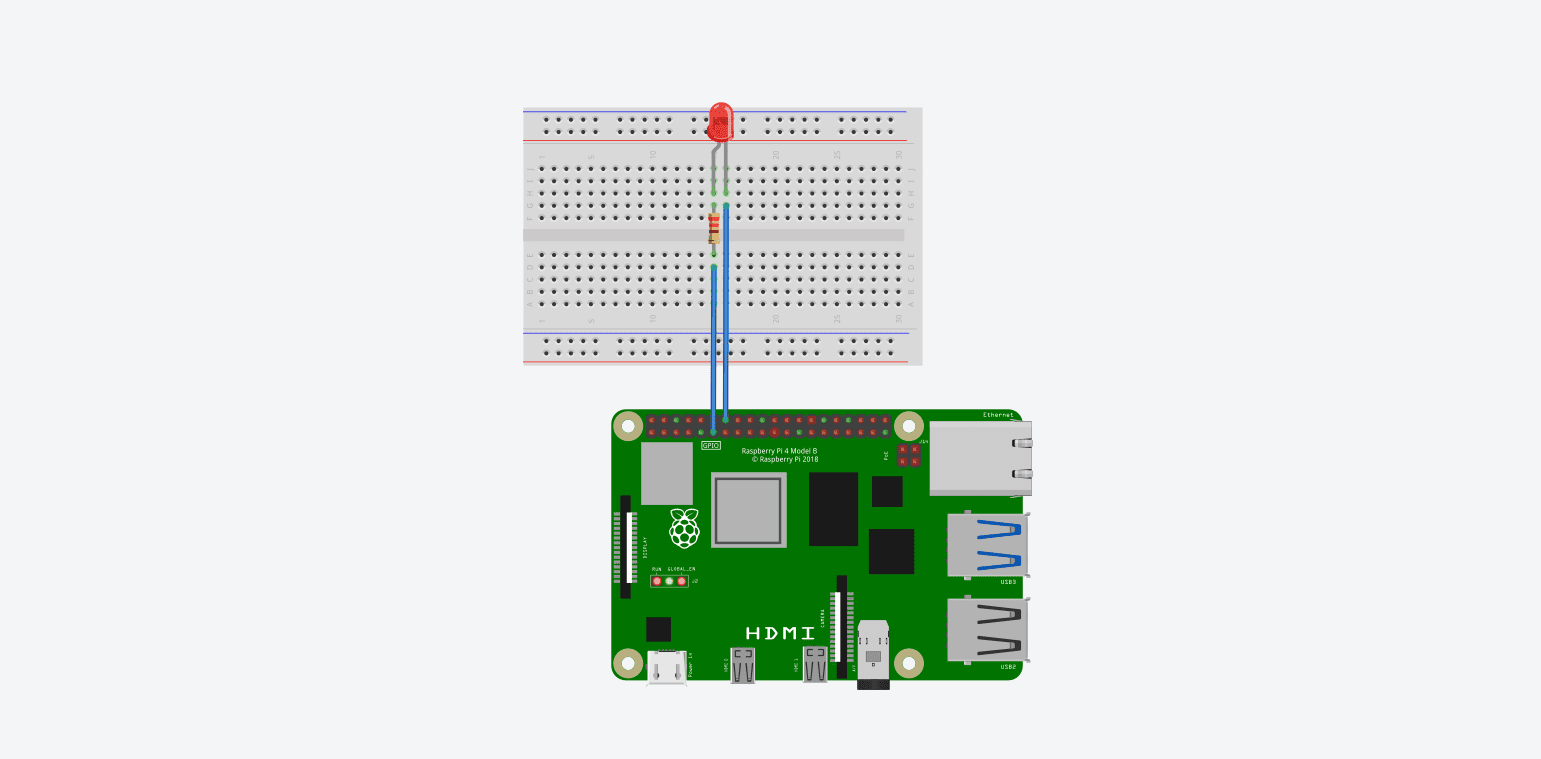In the world of 3D printing, particularly in Stereolithography (SLA) and Digital Light Processing (DLP) technologies, the choice of resin is pivotal. Resin serves as the primary build material that is selectively cured to form three-dimensional objects. This article delves into the importance of resin, the different types available, their properties, and how to handle and optimize their use for achieving the best printing results.
Importance of Resin in 3D Printing
Material Properties: The physical and chemical properties of the resin determine the structural integrity, durability, and detail of the final print. Different resins are formulated to provide varying degrees of strength, flexibility, and temperature resistance.
Aesthetic Quality: Resin choices affect the visual and tactile quality of the final product. Options include clear, colored, and filled resins, which can deliver diverse aesthetic outcomes.
Precision and Accuracy: The viscosity and reactivity of the resin influence the printer’s ability to accurately reproduce intricate details. Properly tuned resins contribute to higher precision and fewer printing errors.
Application Specificity: Certain resins are designed for specific applications, such as dental, jewelry, and industrial modeling, which may require biocompatibility, high detail, or additional mechanical properties.
Types of Resins Used in 3D Printing
Standard Resins: Often used for general prototyping, these resins are balanced in terms of strength, cost, and ease of use. They are suitable for a wide range of applications, from educational models to functional household items.
Engineering Resins: Engineered for specific properties like high temperature resistance, impact resistance, or flexibility, these resins are used in functional parts that must withstand rigorous use or specific environmental conditions.
Castable Resins: Designed for the jewelry and dental industries, these resins burn out cleanly without leaving ash or residue, making them ideal for investment casting of detailed components.
Medical and Dental Resins: These are biocompatible resins used for applications that come into direct contact with human tissue, such as surgical guides and dental appliances. They must meet stringent regulatory standards.
Tough and Durable Resins: Formulated to mimic the strength and durability of traditional engineering plastics, these resins are used for parts that require high stress and strain resistance.
Handling and Usage of Resins
Storage Conditions: Resins should be stored in cool, dark places to prevent premature degradation or polymerization caused by heat or UV light exposure. Proper storage ensures the resin maintains its properties over time.
Pre-Use Agitation: Resins often need to be well-mixed prior to use, especially if they contain fillers or pigments that may settle during storage. Agitation helps achieve consistent color and mechanical properties in the printed objects.
Safety Precautions: Handling resins requires protective gear such as gloves and masks, as they can be irritating to the skin and respiratory system. Workspaces should be well-ventilated, and spills should be cleaned promptly to avoid accidents.
Post-Processing Requirements: After printing, resin-based objects often require rinsing in isopropyl alcohol and further curing under UV light to achieve their final properties. This post-processing step is crucial for achieving the desired strength and stability of the object.
Optimizing Resin Performance
Printer Settings: Each type of resin may require specific printer settings such as exposure time, layer height, and cure speed. Manufacturers usually provide recommended settings, which are a good starting point for calibration.
Regular Calibration: Due to variations in environmental conditions and printer behavior over time, regular calibration of settings is crucial to maintain the quality of prints. This includes adjusting the light intensity, exposure times, and other parameters based on trial prints.
Compatibility Checks: Not all resins are compatible with every printer. Users should ensure that the resin they choose is suitable for their specific printer model and resin tank setup to avoid damage and ensure optimal performance.
Resin is more than just a material used in 3D printing; it is a foundational element that determines the feasibility, quality, and functionality of printed objects in SLA and DLP technologies. Understanding the different types of resins, their applications, and how to handle them effectively can empower users to explore new creative possibilities and achieve professional-quality results in their 3D printing projects.








